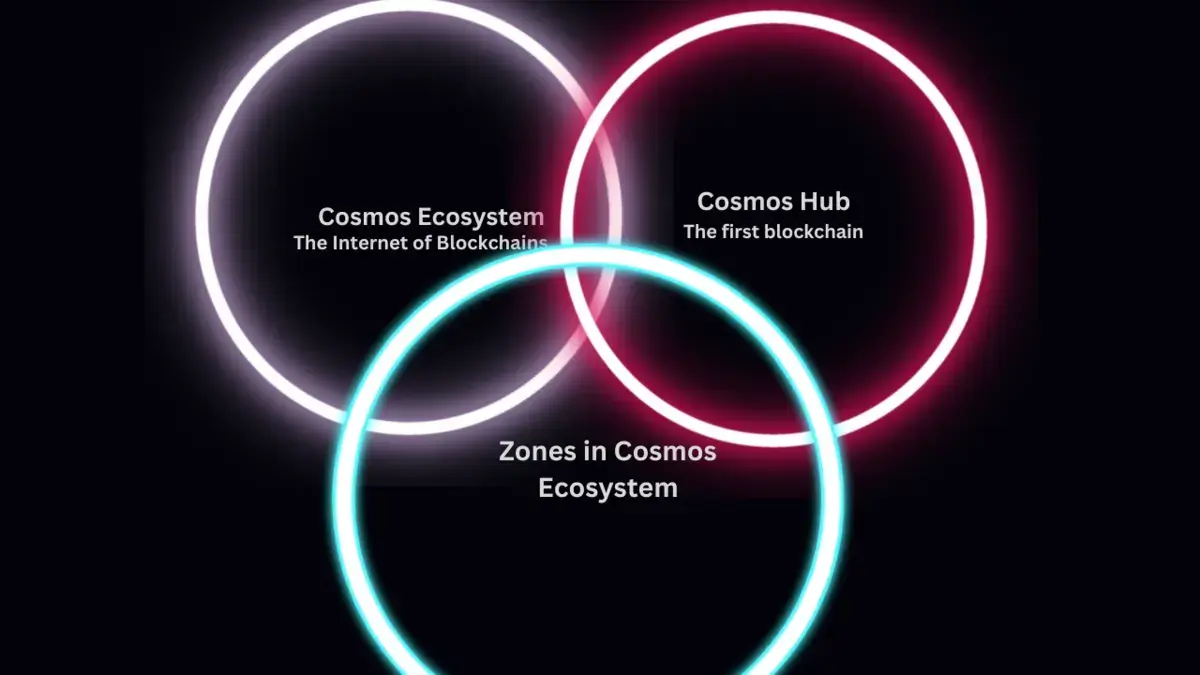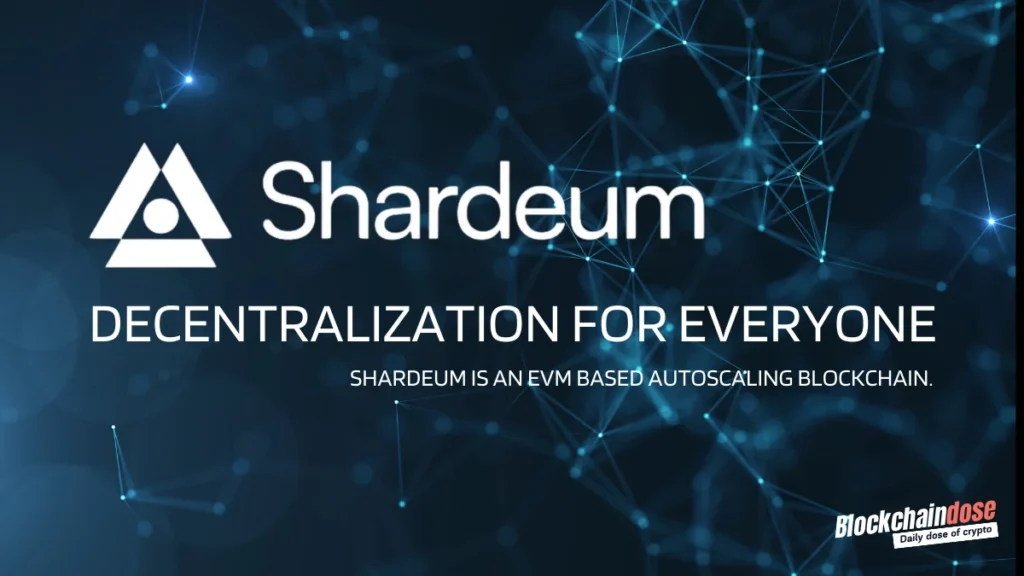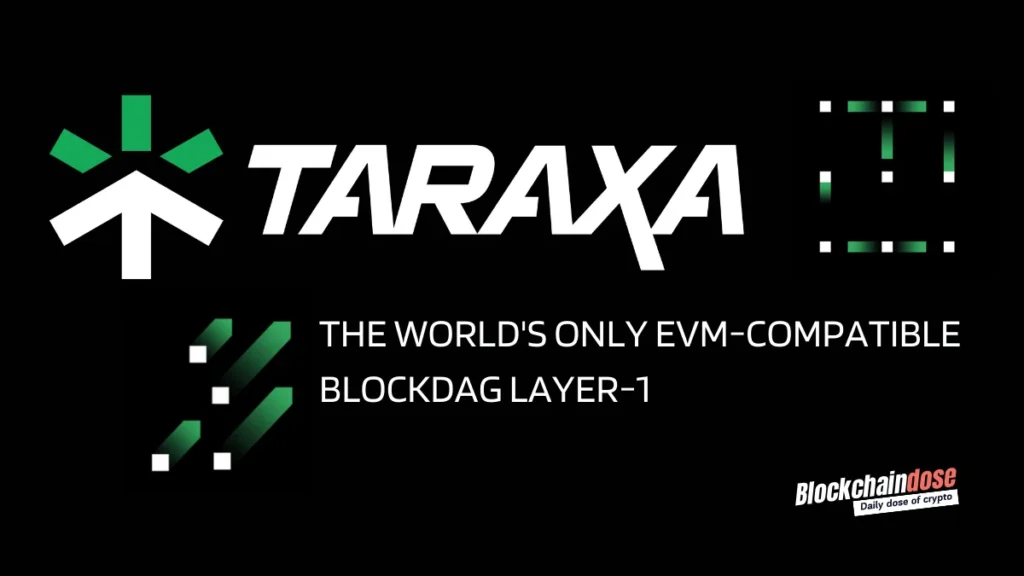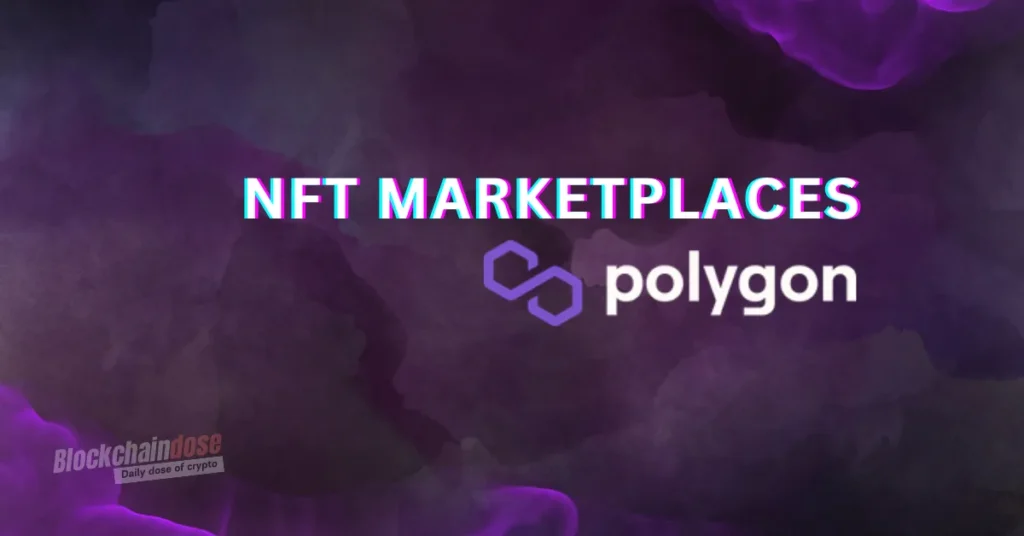What do you call a blockchain network built specifically to encourage interoperability between blockchains? Well, Cosmos. The biggest problem in the blockchain universe has been the need for interoperability between major blockchains. Cosmos crypto dawned on offering a network of blockchains that communicate and freely interact. So, what are the benefits of Cosmos crypto and its coin Atom? Keep reading!
What is Cosmos Crypto?
Cosmos is also called the ‘Internet of Blockchains’ and Cosmos Hub.
It’s a crypto-focused network designed to provide a home for different interoperable blockchains. Through blockchain links, token transfers can happen seamlessly yet securely from one blockchain (zone) to another.
Cosmos Ecosystem is a crypto network with many readily interoperable blockchain networks.
The Vision and Goal?
As per the network, this ecosystem intends to simplify the way developers build blockchains. Moreover, it aims to completely crash the barriers between blockchain networks, making cross-chain transactions easy.
Ultimately, Cosmos will create a true internet of blockchains capable of communicating with each other peer-to-peer.
Who Created Cosmos?
The Cosmos network was born in 2014 through the effort of 2 developers, Jae Kwon and Ethan Buchman. Despite being born in 2014, the network’s white paper was not released until 2019.
Interchain Foundation (ICF), a Swiss non-profit network, is the first and biggest backer of this ecosystem. The primary goal of the foundation’s formation was to offer support for the continued development of the network.
Moreover, Cosmos was developed through All in Bits Inc (dba Tendermint Inc). Contracted by the ICF, the organization focused on developing the Cosmos network, including the Tendermint system.
IRIS Foundation Ltd, another network, was backed by ICF to create the IRISnet. This is a Cosmos hub for building and development.
What are The Core Tools of the Cosmos?
At the heart of Cosmos network functionality are several strong tools that bolster the robustness and efficiency of this network. The network can only achieve its role as the ‘Internet of Blockchains’ through the blend of these tools. So, what are those tools?
Tendermint
The first tool, and the heart of the Cosmos crypto universe, is The Tendermint Core. This brings the Tendermint BFT consensus algorithm, which is praised for being more efficient than older consensus systems like PoW.
Tendermint has a few key features, making it crucial for the kind of service offered via the internet of blockchains. Among the features include;
- This system allows developers to build both public and private blockchains on top of it.
- Tendermint systems support a near-instant finality of different kinds of transactions.
- The fault-tolerant and accountable nature of Tendermint brings more security.
- Shorter times of even 1 second while handling thousands of transactions per block.
Cosmos SDK
Second in line comes the Cosmos SDK. It’s essentially the application layer or the Cosmos ecosystem.
Cosmos SDK makes the development work easier for coders. With a robust library of pre-coded modules, Cosmos SDK covers key areas like governance and staking, which are easily extractable and usable by coders.
IBC Protocols
Finally, another key part is the IBC protocols designed specifically for the Cosmos network inter-blockchain communication. With many traditional blockchains suffering from the inability to transfer assets between each other, IBC protocols offer such solutions. It’s likened to messaging solutions between blockchains.
The three tools above, Tendermint, IBC Protocols and Cosmos SDK, all function together to ensure the Cosmos Ecosystem provides an interconnected, scalable, and interoperable internet of blockchains.
The functionality of the IBC protocol can be summarized into tracking, binding, proof relay, and validation.
What is the Cosmos Hub?
Deep in the sea, the Cosmos Ecosystem is the Cosmos Hub. So, what is this Cosmos Hub?
This is the first and simply the core blockchain of the Cosmos network. It’s the primary home to which each new decentralized blockchain zone must link. All other blockchains calling Cosmos crypto home, including Rebus, Injective, Osmosis and more, are directly linked to the Cosmos Hub.
The Cosmos hub records the state of each zone or blockchain within the Cosmos ecosystem.
While Cosmos Crypto Hub’s primary task relates to zones in the Cosmos ecosystem, the platform also extends outside. Cosmos Hub enables seamless interoperability with Chains like Bitcoin and Ethereum.
Atom: Cosmos’ Native Coin
At the heart of the Ecosystem, and more precisely, the Cosmos Hub, is the native coin Atom. Positioned high based on market cap rankings, ATOM proves to be a big player in the cryptocurrency industry.
So, what is the role of this token?
- The primary function of the ATOM crypto token is to settle transaction fees within the Cosmos network. Users settle gas charges using the ATOM token.
- Secondly, you can stake ATOM. As mentioned, the network leverages the Tendermint Proof of Stake mechanism to bolster security. In such a system, some amount of coins must be staked to participate in validating transactions.
- Thirdly, persons involved in staking and validating earn some rewards in the form of ATOM. The validators’ rewards are collected as part of the transaction fees generated by Cosmos Hub.
- Governance. Most crypto projects have been focusing on using token holders in decision-making. The case is the same in Hub. ATOM holders have every right to participate in decision-making by voting on any proposals presented in the HUB
Is ATOM a GOOD Investment?
ATOM was already trading at just about $9 when writing this report. In the few months preceding the writing of this report, several Cosmos-based projects have been thriving, including Osmosis and Injective.
Like many other crypto assets, ATOM awaits a glorious 2024, especially following the approval of Spot Bitcoin ETFs and impending halving. The events that always follow Bitcoin’s halving lead to price surges. ATOM can regain its earlier all-time high in the next bull run and increase ATHs.

Talking about ATOM’s historical prices, the coin has an all-time low of about $1.66 and a high of $44, reported when the crypto markets peaked. This means that even if the token struggles, the investor’s target price for the next bull is a minimum of $44.
How Can You Buy ATOM?
Knowing the investment prospects of the ATOM token, many are already seeking ways to purchase it. So, where and how can you buy ATOM tokens?
Let’s start with the where. ATOM is among the major crypto tokens, considering its high rankings among market cap watchers. As such, it’s only true that the token is listed on nearly every top centralized and decentralized crypto exchange. Among the trading platforms where you can buy ATOM are;
- Binance – The largest crypto exchange supports several pairs, including ATOM/USDT, ATOM/BTC, ATOM/ETH and ATOM/FDUSD.
- OKX – Another top exchange supports several pairs, including ATOM/USDT, ATOM/USDC and ATOM/BTC, among others.
- HTX – This exchange primarily supports the ATOM/USDT pair.
- Bybit – Another popular exchange that provides support for mainly ATOMUSDT.
- Osmosis — This Cosmos-based network fits well here with the large number of pairs provided for ATOM, including ATOM/OSMO and ATOM/USDT
So, aht do you need to buy the token? Seeing that the asset is readily available in top crypto exchanges, you can purchase ATOM in very few steps. First, select a crypto exchange network and choose a supporting wallet. Pass the KYC requirements of the exchange and now start buying.
In an exchange like Binance, you need some BTC or USDT to purchase the token. You can convert the BTC or USDT into ATOM in very few steps.
Top Zones/Coins in Cosmos Ecosystem

When writing this report, Cosmos claimed to hub about 249 services while managing over $62 billion in assets. These assets and services were provided by different zones within Cosmos. Moreover, the network claims to support over 100 chains.
It’s important to explain that zones refer to the blockchain networks built on the Cosmos architecture.
Which blockchain or crypto network is based on Cosmos? Here are a few:
- Osmosis — This network was developed primarily as a crypto exchange service provider. It is the first and largest automated market maker in the Cosmos Ecosystem.
- Injective – Second in line is Injective Protocol. Housed at the heart of the Cosmos network, Injective Protocol brings many blockchain, DeFI and exchange services. Its native token, INJ, surged in 2023.
- Celestia – Celestia is a platform designed to simplify the process of launching blockchains. It is a modular data availability network and a blockchain focused on a specific role. Its native coin, TIA, is thriving in crypto markets.
- Cronos – Cronos is the native token of the Crypto.com network. It’s utilized for trading, payments, and other financial services.
- Finally, Thorchain is a decentralized liquidity network designed to work as an interoperable blockchain for cross-chain token swaps. You can swap tokens across L1 chains without wrapping them using Thorchain. At the heart of ThorChain is the native token RUNE, which helps with different service delivery
The above are just but a few of the many networks currently leveraging the power of Cosmos in service delivery. Platforms like Kava, Fetch.ai, Akash network, Kujira, Band Protocol and Ankr network thrive.
Final Word
Today, the guide explored the universe of the Cosmos, the internet of blockchain. The recent emergence of dozens of thriving projects on top of Cosmos necessitated at least a look into its universe.
With the impending Bitcoin halving, ATOM will likely surge vastly in value. As such, the guide explains what this network does to help you make the right investment calls.
Frequently Asked Questions
Can I get in contact with the Interchain Foundation?
Yes, the foundation provides the email [email protected] for interaction.
What is The Difference Between the Cosmos Network and Hub?
The cosmos network is an ecosystem that hosts a world of heterogeneous blockchains capable of interconnecting.
The hub was the first blockchain network built within the umbrella of the ecosystem.
How Can You Become a Validator on Cosmos?
Cosmos provides a highly detailed guide on how to become a validator here.
Is Cosmos an Ethereum Killer?
Well, NO!
The network intends to foster interoperability even with chains like Ethereum and Bitcoin.




